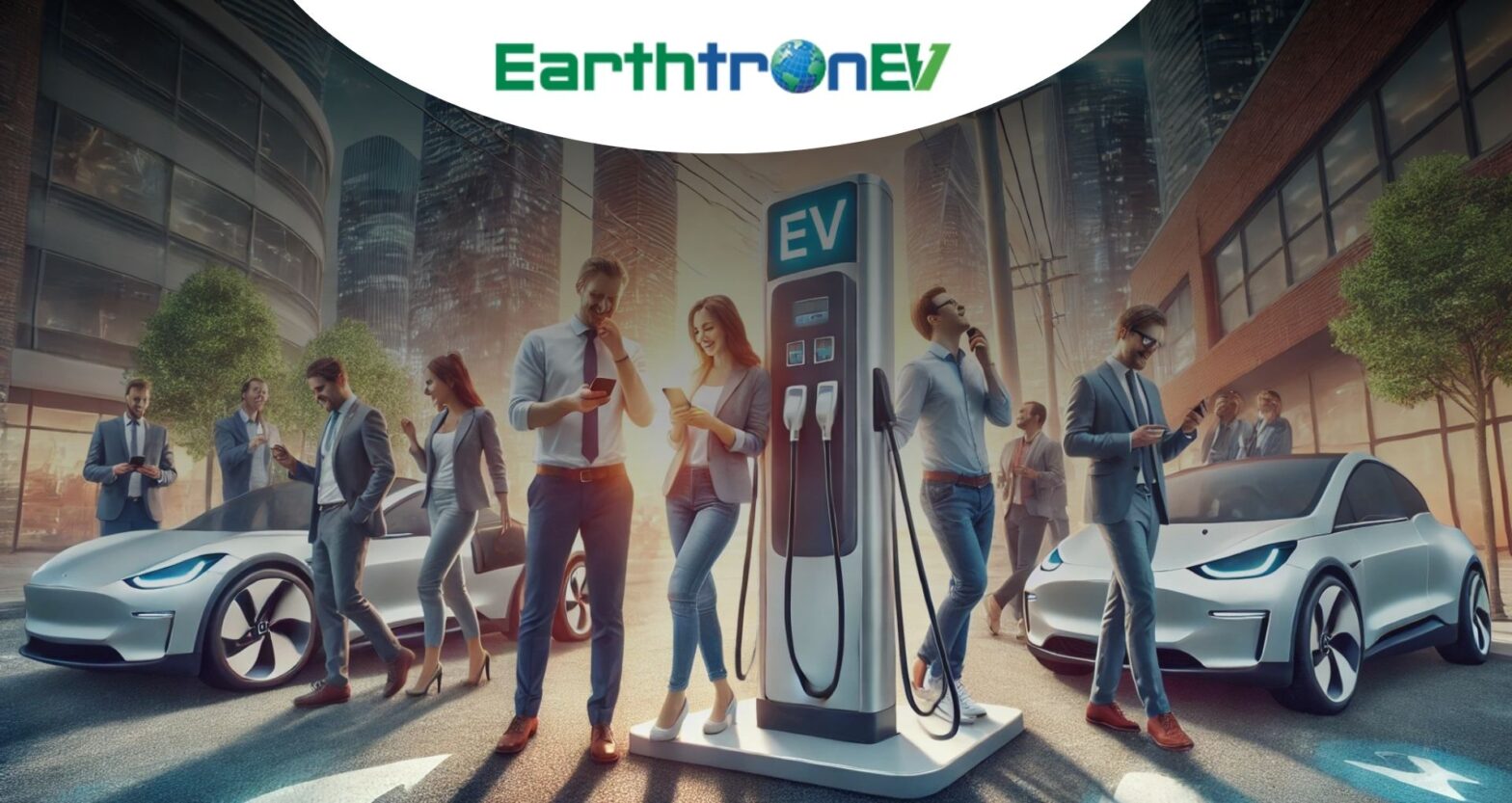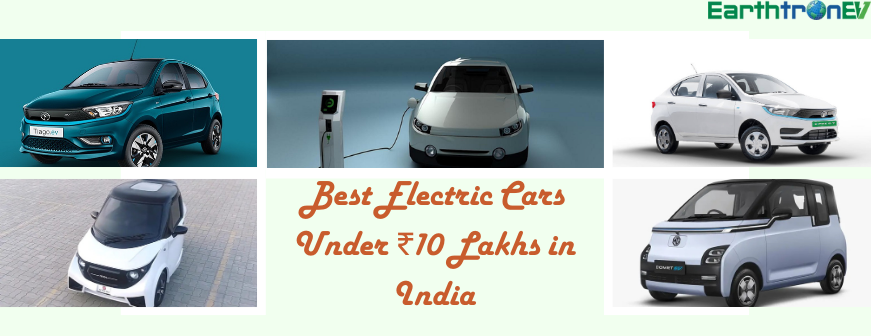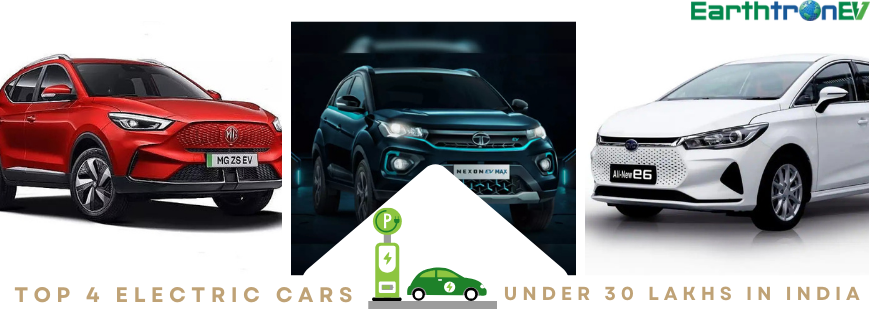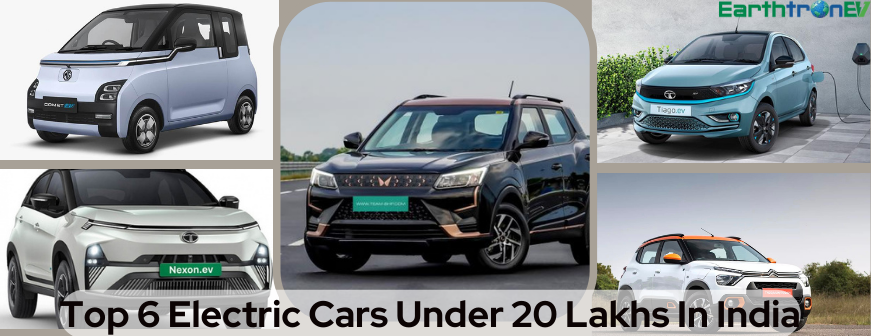Are electric scooters the future of urban transportation or just a passing fad? As more and more people turn to these sleek, eco-friendly machines for their daily commutes, one question lingers in our minds: are governments playing a role in promoting this electrifying trend?
Today, we delve into the mysterious world of government subsidies and uncover the truth behind whether your beloved electric scooter comes with a hidden financial boost from your local authorities. Get ready to be amazed as we unveil the secrets behind this buzzing phenomenon!
What is an Electric Scooter?
An electric scooter is a two-wheeled vehicle powered by an electric motor. They are also known as e-scooters or power-assisted scooters (PAS). Electric scooters typically have a deck where the rider stands and are controlled by a handlebar throttle and brake levers. Some models also have a seat.
Electric scooters first became popular in the late 1990s and early 2000s as an alternative to gas-powered scooters. Since then, they have become increasingly popular due to their low running costs, environmental friendliness, and convenience.
In many countries, electric scooters are classified as bicycles and thus subject to less stringent regulations than motor vehicles. This has led to the widespread use of electric scooters for commuting and last-mile delivery.
Types of Electric Scooters
There are many different types of electric scooters, each with its own set of benefits and drawbacks. Here is a brief overview of some of the most popular types:
1. Commuter Scooters: These scooters are designed for people who need to travel short distances quickly and efficiently. They typically have a range of around 20 miles and can reach speeds of up to 15mph.
2. Folding Scooters: These scooters are designed for portability, as they can be easily folded up and carried with you when not in use. They are often used by commuters who need to take their scooter on public transportation.
3. Off-Road Scooters: These scooters are built for adventure, with larger wheels and more powerful motors that allow them to tackle rough terrain. They are perfect for exploring the great outdoors or simply taking a leisurely ride through your neighborhood.
4. Electric Bicycles: Also known as e-bikes, these two-wheeled vehicles combine the pedaling power of a bicycle with an electric motor, giving you a boost when you need it most. E-bikes are perfect for commuters who want to get some exercise while getting to work, or for anyone who wants to explore their surroundings without breaking a sweat.
India’s Electric Vehicle Policy: What is it?
In India, the government has laid out a roadmap for electrifying public and private transportation. A key component of the Electric Vehicle Policy of India is the Faster Adoption and Manufacture of Electric and Hybrid Vehicles in India scheme, which is abbreviated as FAME. Manufacturers, suppliers, and consumers are rewarded under this program.
How does the FAME scheme work?
FAME, which was launched in 2015, was designed to stimulate electric vehicle production and sales in India. Since the EV market in India is dominated by two-wheelers and three-wheelers, manufacturers received heavy incentives. The first phase of the FAME scheme was launched in 2015 and ended on 31st March 2019. The second phase of the scheme will end on 31st March 2024.
What are the features of this scheme?
The following were the features of the first phase:
- Creating demand, focusing on technology, and building the infrastructure for charging stations.
- The government installed 427 charging stations during the first phase.
The following are the features of the second phase:
- Public transportation will be electrified.
- The following are the features of the second phase:
- Public transportation will be electrified.
How does the FAME subsidy work?
The following states are providing subsidies for electric two-wheelers in the second phase of the FAME scheme:
| State | Subsidy (per kWh) | Maximum subsidy | Road tax exemption |
| Maharashtra | Rs.5000 | Rs.25,000 | 100% |
| Gujarat | Rs.10,000 | Rs.20,000 | 50% |
| West Bengal | Rs.10,000 | Rs.20,000 | 100% |
| Karnataka | – | – | 100% |
| Tamil Nadu | – | – | 100% |
| Uttar Pradesh | – | – | 100% |
| Bihar* | Rs.10,000 | Rs.20,000 | 100% |
| Punjab* | – | – | 100% |
| Kerala | – | – | 50% |
| Telangana | – | – | 100% |
| Andhra Pradesh | – | – | 100% |
| Madhya Pradesh | – | – | 99% |
| Odisha | NA | Rs.5000 | 100% |
| Rajasthan | Rs.2500 | Rs.10,000 | NA |
| Assam | Rs.10,000 | Rs.20,000 | 100% |
| Meghalaya | Rs.10,000 | Rs.20,000 | 100% |
What is the purpose of this subsidy?
In the following steps, you will learn how the FAME subsidy works:
- Check if the electric two-wheeler you are interested in buying is eligible for the subsidy.
- If the manufacturer of the scooter is registered with the FAME scheme, you will receive the subsidy. If they are not, you won’t get a subsidy.
- As a result of the subsidy applied, your quota will be determined.
- The dealer where you purchased the scooter will forward details to the manufacturer.
- These details will then be forwarded to the National Automotive Board (NAB), which oversees the subsidy program.
- Upon verification of all details, the subsidy is credited to the manufacturer, who then credits the dealer with the subsidy.
Governments worldwide were offering various incentives and subsidies
As of my last update in September 2021, many governments worldwide were offering various incentives and subsidies to promote the adoption of electric vehicles, including electric scooters. However, the availability and extent of subsidies can vary widely depending on the country, region, and local policies. Some common forms of donations for electric scooters and other electric vehicles include:
- Purchase incentives: These may come in the form of direct financial grants, tax credits, or rebates that reduce the cost of purchasing an electric scooter.
- Reduced taxes and registration fees: Some governments may provide lower registration fees or tax exemptions for electric scooters to encourage their adoption.
- Infrastructure support: Governments might invest in charging infrastructure for electric vehicles, including electric scooters, to enhance their usability and convenience.
- Access to restricted areas: In certain cities or areas with congestion or pollution issues, electric scooter users may be granted special benefits, such as being allowed in restricted areas or access to priority lanes.
- Incentives for businesses: Some governments may offer incentives specifically targeted at businesses to adopt electric scooters for their delivery services or fleet operations. These incentives could include tax breaks, grants, or special financing options.
- Time-limited programs: Subsidy programs for electric vehicles, including electric scooters, are often time-limited and subject to available funding. Governments may periodically review and update these programs based on their budget and policy priorities.
- Regional variations: Subsidy programs and incentives can vary significantly between regions within the same country. Local governments might offer additional incentives on top of national-level programs to further encourage the adoption of electric scooters.
- Performance-based incentives: Some subsidy programs may be designed to reward higher-performing electric scooters in terms of energy efficiency or battery capacity. This approach aims to promote more environmentally friendly and technologically advanced models.
- Used electric scooter incentives: In some cases, governments may extend subsidies or incentives to used electric scooters to encourage the adoption of sustainable transportation even among those who cannot afford new vehicles.
- Awareness campaigns: Alongside financial incentives, governments may run public awareness campaigns to educate citizens about the benefits of electric scooters and other electric vehicles. These campaigns aim to increase consumer interest and understanding of sustainable mobility options.
It’s important to reiterate that the specifics of government subsidies on electric scooters can change over time, and there may have been new developments or changes in policies since my last update in September 2021. For the latest and most accurate information regarding subsidies for electric scooters, it’s best to consult official government sources, transportation departments, or environmental agencies in your area.
What are the benefits of this scheme for you?
It benefits you in a variety of ways. You get a subsidy due to the subsidy, and you also get an exemption from road tax, which helps you save more money. You can also get affordable bike insurance for your electric two-wheeler. Pricing is determined by the capacity of the two-wheeler. Your premiums will be lower if your two-wheeler has a lower capacity. You can get an estimate for the two-wheeler you intend to purchase using the two-wheeler insurance premium calculator.
Conclusion
To conclude, governments around the world are indeed providing subsidies for electric scooters to promote a greener lifestyle and reduce pollution. These subsidies can be invaluable in helping people afford an electric scooter when they might not have been able to otherwise. As more countries recognize the importance of renewable energy sources, it’s likely that these types of incentives will become even more prominent – so keep your eyes peeled for government-sponsored deals!







